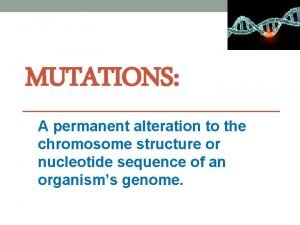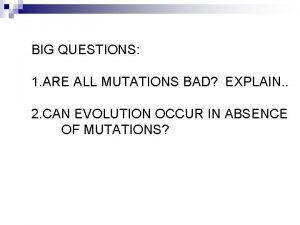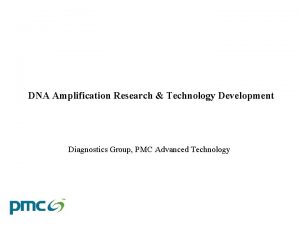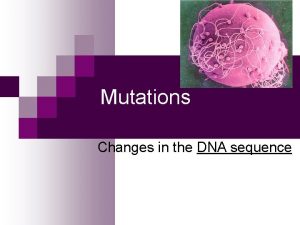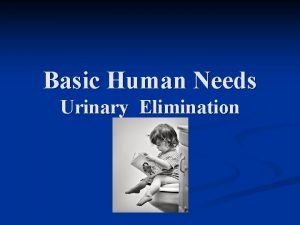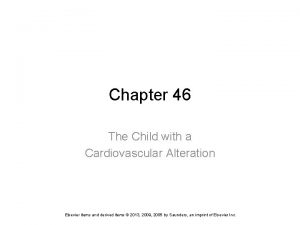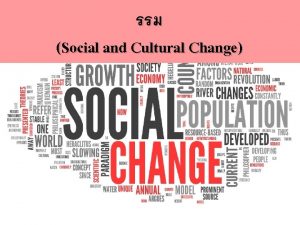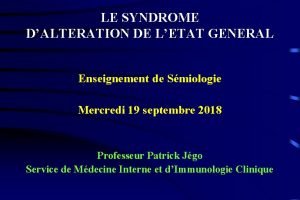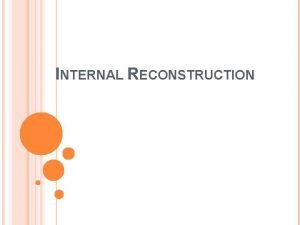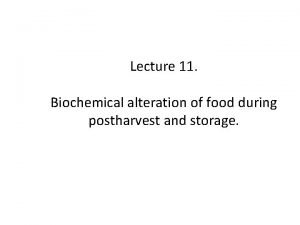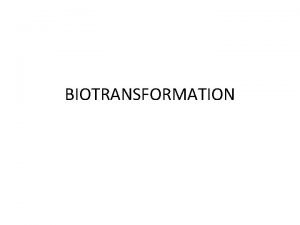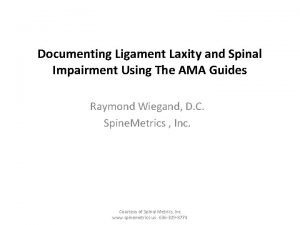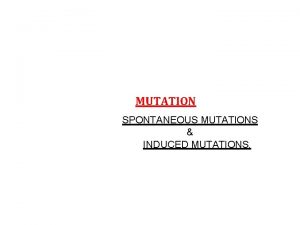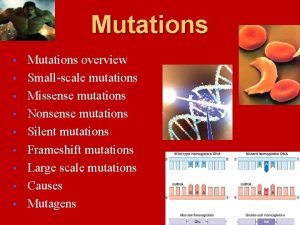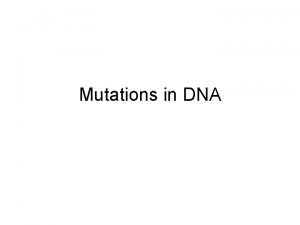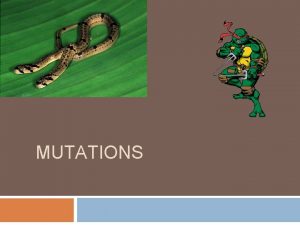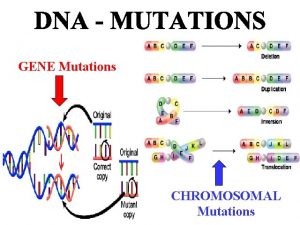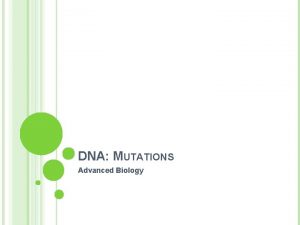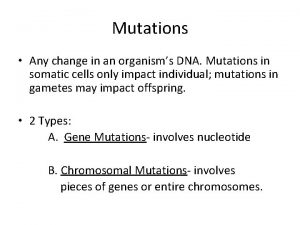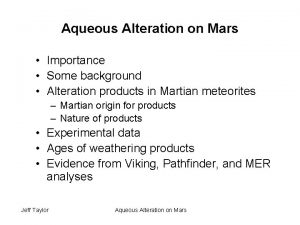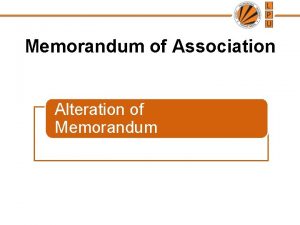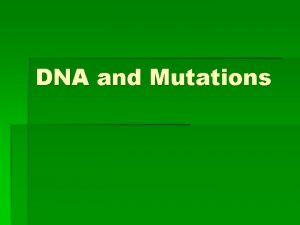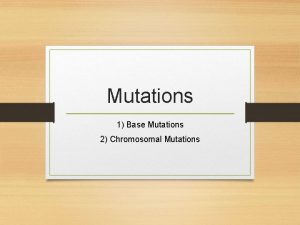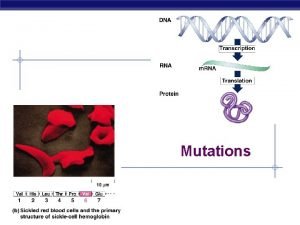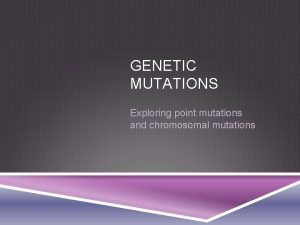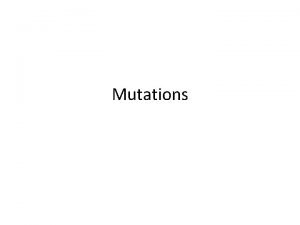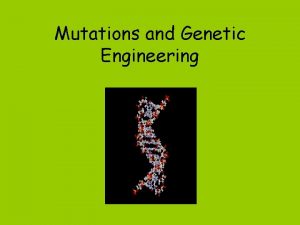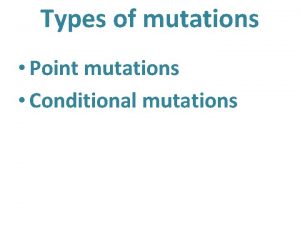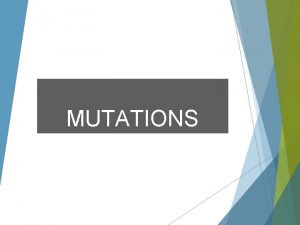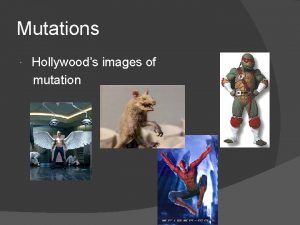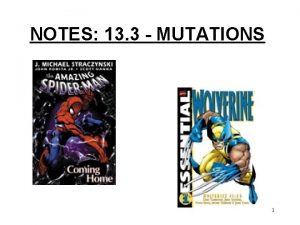MUTATIONS MUTATIONS The alteration of an organisms DNA


































- Slides: 34

MUTATIONS

MUTATIONS • The alteration of an organism’s DNA • Wide range of mutations • Most mutations are automatically repaired by the organism’s enzymes… • …therefore they have no effect.

MUTATIONS • However…when the mutation is NOT repaired… • The resulting altered chromosome/gene structure is passed to ALL subsequent daughter cells of the mutant cell… • Mutations can be good or bad.

When are mutations inherited? • Mutations that occur in regular body cells (somatic cells) will affect all daughter cells, but will not be passed to offspring • Can contribute to aging process • May lead to cancer…

When are mutations inherited? For example: • Mutation in lung cell will lead to cancer, but cancer isn’t passed on to offspring

When are mutations inherited? • Mutations will only be passed on to offspring if they occur in the gamete (sex cells) • Results in genetic disorders

When are mutations inherited? • Lethal mutations result in the death of the organism • Often miscarriage

What causes mutations? • Malfunction during the process of meiosis • Exposure to a physical or chemical agent • Called a mutagen • Examples: x-rays, chemicals (asbestos, formaldahyde), UV rays,

Two Types 1. GENE MUTATIONS— • changes in a single gene (a segment of DNA) 2. CHROMOSOMAL MUTATIONS— • changes in whole chromosomes (chromosome number or chromosome itself)

1. GENE MUTATIONS a. POINT MUTATION (Substitution) • Single nucleotide is substituted for the wrong one • Ex: A-G instead of A-T • This can lead to…

1. GENE MUTATIONS 1) Silent mutation: has NO effect since some amino acids have multiple sequences Ex: CUC codes for leucine CUA also codes for leucine

1. GENE MUTATIONS 2) Missense mutation: causes the wrong amino acid to be in sequence Ex: CUU codes for leucine CCU codes for proline

1. GENE MUTATIONS 3) Nonsense mutation: causes an early STOP codon Ex: UCA codes for serine UGA codes for STOP

POINT MUTATION— SUBSTITUTION THE FAT CAT ATE THE RAT THE FAT CAT ATE THE HAT

1. GENE MUTATIONS b. FRAMESHIFT MUTATION • insertion or deletion of one or more nucleotides • All codons are shifted • May cause serious effects • Such mutations can alter a protein so that it is unable to perform its normal functions.

FRAMESHIFT MUTATION— DELETION THE FAT CAT ATE THE RAT X FAT CAT ATE THE RAT THE TEF ATC ATA TET HER AT

FRAMESHIFT MUTATION— INSERTION THE FAT CAT ATE THE RAT THE FLA TCA TAT ETH ERA T

Disorders caused by GENE MUTATIONS • • • Sickle-cell disease Tay-Sachs disease Huntington’s disease Cystic Fibrosis Albinism

2. CHROMOSOMAL MUTATIONS a. DELETION • Involves loss of a part or whole chromosome

A B C A C DELETION D E F

2. CHROMOSOMAL MUTATIONS b. DUPLICATION • Opposite of deletion • A segment of the chromosome is repeated

A B B C A B C DUPLICATION D E F

2. CHROMOSOMAL MUTATIONS c. INVERSION • Direction of genes is reversed within chromosome (part is upside-down)

A B C A E D INVERSION D E F C B F

2. CHROMOSOMAL MUTATIONS d. TRANSLOCATION • When part of a chromosome breaks off and relocates to another part (non-homologous)

A B C G H D E F I J K L A B C TRANSLOCATION J K L G H I D E F

2. CHROMOSOMAL MUTATIONS e. NONDISJUNCTION • Results in too few or too many chromosomes in a cell…

NONDISJUNCTION • MONOSOMY • Having only ONE copy of a chromosome instead of TWO • EX: Turner’s syndrome (has only one X chromosome)

NONDISJUNCTION • TRISOMY • Having THREE copies of a chromosome instead of TWO • EX: Down Syndrome (3 copies of chromosome #21, trisomy 21)

NONDISJUNCTION

Disorders caused by CHROMOSOMAL MUTATIONS • NONDISJUNCTION of Sex Chromosomes: • Klinefelter’s syndrome (male) • Turner’s syndrome (female) • NONDISJUNCTION of Autosomal Chromosomes: • Down Syndrome (Trisomy 21)

Where can mutations occur? Somatic Cells (Body Cells) Germ Cells (Sex Cells)

Somatic Cells (Body Cells) • During or before mitosis • All new cells will also be altered • The change is permanent • Only effects organism, not offspring

Germ Cells (Sex Cells) • Changes can occur in egg/sperm before, during or after meiosis • Altered egg/sperm may be fertilized —passing change to offspring • Changes may or may not be harmful • Harmful changes cause birth defects
 A permanent alteration that changes a dna sequence
A permanent alteration that changes a dna sequence Are all mutations bad? *
Are all mutations bad? * Mutations in dna
Mutations in dna Dna types of mutations
Dna types of mutations Multicellular or unicellular bacteria
Multicellular or unicellular bacteria Member of the same species
Member of the same species Alteration or alternation
Alteration or alternation Alterations in urinary elimination
Alterations in urinary elimination Chapter 46 the child with a cardiovascular alteration
Chapter 46 the child with a cardiovascular alteration Factors affecting social change
Factors affecting social change Alterations in various aspects of society over time is
Alterations in various aspects of society over time is Unauthorised alterations to common property
Unauthorised alterations to common property Form 337
Form 337 Alteration de l'etat general selon l'oms
Alteration de l'etat general selon l'oms Share capital
Share capital In internal reconstruction
In internal reconstruction Alteration of food
Alteration of food Chemical alteration definition
Chemical alteration definition Alteration of motion segment integrity
Alteration of motion segment integrity Coding dna and non coding dna
Coding dna and non coding dna What are the enzymes involved in dna replication
What are the enzymes involved in dna replication Dna polymerase function in dna replication
Dna polymerase function in dna replication Dna and genes chapter 11
Dna and genes chapter 11 Bioflix activity dna replication lagging strand synthesis
Bioflix activity dna replication lagging strand synthesis đại từ thay thế
đại từ thay thế Quá trình desamine hóa có thể tạo ra
Quá trình desamine hóa có thể tạo ra Công của trọng lực
Công của trọng lực Thế nào là mạng điện lắp đặt kiểu nổi
Thế nào là mạng điện lắp đặt kiểu nổi Hình ảnh bộ gõ cơ thể búng tay
Hình ảnh bộ gõ cơ thể búng tay Dot
Dot Vẽ hình chiếu đứng bằng cạnh của vật thể
Vẽ hình chiếu đứng bằng cạnh của vật thể Phản ứng thế ankan
Phản ứng thế ankan Chó sói
Chó sói Môn thể thao bắt đầu bằng chữ f
Môn thể thao bắt đầu bằng chữ f Thiếu nhi thế giới liên hoan
Thiếu nhi thế giới liên hoan
